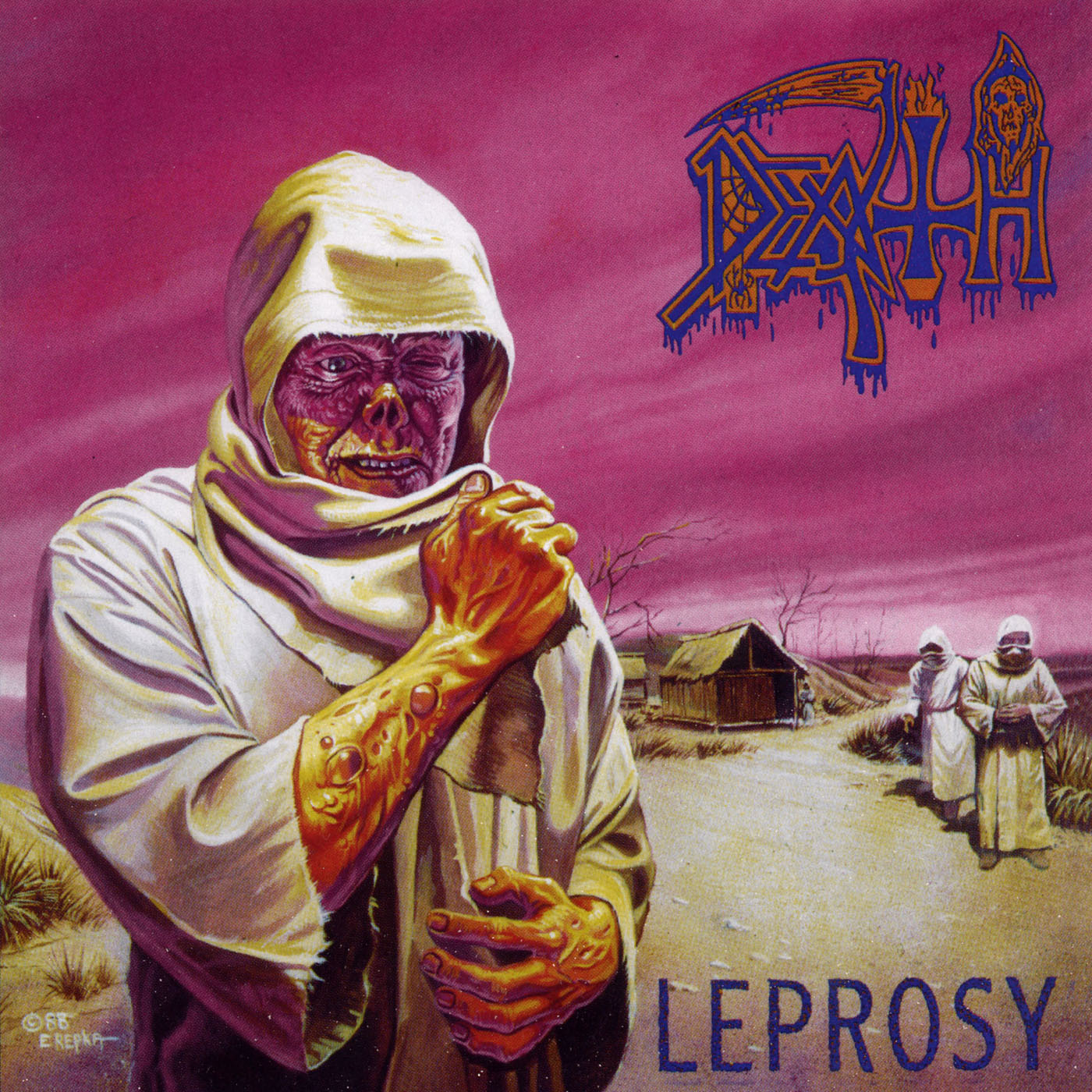Something is wrong with metal. Look around: in most genres we’ve seen major acts spring up in the last decade and make an impact commercially, culturally, on a global scale. I’m not the first to say it: metal is not making new superstars.
There’s no new band who’ll turn up in The Simpsons, who’ll break the internet. The biggest metal newsflash in years was the death of Lemmy. As a genre we’re largely stuck in the mud of the past.
I’ve heard people blame the music industry or piracy for this lack of renewal. I don’t buy it. If we take the launch of Napster in 1999 as a threshold moment, then remember Lady Gaga’s debut came out nine years later, sold almost five million copies and instantly made her a cultural icon, this theory pretty much crumbles. The machine isn’t broken. Stars are still made – and seemingly everywhere but metal.
If you ask me, we’ve gone all rulesy. Now rulesy isn’t a real word, but it’s still the best one to describe this condition. Let me explain…
Every metal sub-genre has signifiers. Graphic design, clothing, musical embellishments, album production values, hair, even drink and drugs that are dictated by the stable they spring from. Boardshorts don’t belong alongside swords, y’know?
These things that once made metal distinct, and distinguished metal from metal, are now fetishised: they’ve gone from expressions of identity to rules that govern every creative aspect of a band. They drive off new converts, stifle fresh ideas and keep the outside perception of metal stagnant.
The cover art’s the same. The logos are the same. The t-shirts are the same. What hope is there for a new Black Album or Paranoid when we’re all playing the checkbox game?
I’m not above this, either. My band Gama Bomb pre-existed a MySpace-driven thrash revival, but we rode it halfway around the world nonetheless. Initially we were astonished: we were smalltown worshippers of a dead genre, suddenly with both beer and flattery on tap.
The fact is, we were writing songs that deliberately referenced every facet of retro thrash – because we were worshipping the old gods so fervently, and doing it with some sense of self-awareness, we found favour when the revival blew up. I wear my cliches with a nerd’s pride, but I also know my band’s place and see the bigger picture.
I know what you’re thinking: I’m a flippant tourist here, yes, but I’ve done my time on the coalface over the last 14 years and I see an industry in crisis. We’re reliant on old, fading bands and young bands who try to clone them.
Of course there have been success stories. Ghost have broken boundaries by mashing it up, wrapping their sound in a shroud of cultural winks – The Beach Boys meets Hammer horror, Pentagram visiting Daft Punk’s tailor. They remind us that no matter the genre, artists must ignore the rules to break through.
I think we’re not creating more megastars because we’re obsessed with sameness. You see it in festival posters where every logo looks identical (shouts to Party Cannon on that count), in endless photoshoots in abandoned warehouses, in a sea of d-beats and sweep picking and operatic vocals and syrupy synths.
Do me a favour: go wherever you keep your t-shirts. Your wardrobe, a drawer, the festering pile of unwashed clothes in the corner of your room that’s slowly gaining sentience. Pretty much all black, aren’t they? Fair enough, you like black. So do I. It’s slimming and it hides bean juice stains. But to survive, metal needs pink t-shirts to be a small deal.
At best, these rules smother creativity. Taking thrash as an example, it seems classic cover artist Ed Repka has never been busier (nor ever more bored) judging by the volume of covers he’s turning out for up-and-coming bands. Repka’s classic period was about discovery: he hungrily worked with extreme, new bands to bring their fantasies and social critique to life. Now his style is in demand, but the creative force isn’t there to meet him. The man did the amazing cover of Leprosy by Death. Now he has do it over and over again.

At worst, these rules provide a kind of underbrush from which elitists and nutcases can snipe at those perceived transgressors.
Take Myrkur’s Amalie Bruun, who just this month received so many ‘death threats and hate emails’ she had to lock down her band’s private messages. Her crime: possession of ovaries while playing music dominated by blokes.
Of course Myrkur are dealing with a fringe of misogynists and creeps, but this backlash was also about Bruun’s disregard for the rules of scando BM. Her look is understated, her melodic style closer to Bjork than Burzum.
And hey, she didn’t even break them by that much: she wears a lot of black, runs around in forests and in her photos has the faraway look of someone thinking about a dead pet. Seems pretty trve to me, lads.
There’s great comfort in homogeneity. We feel like we belong because we wear the same clothes, like the same things. There has to be a limit, though. Nobody sent death threats when Paul Simon went reggae, did they?
And, if you’ll let me rip the plaster off in one go, there’s virtually no metal touchstone that remains beyond farce in broader culture, anyway. Motörhead tees for sale in Top Shop are now a cliche of their own. Zayn Malik is covered in tatts. People throw the devil horns in car insurance ads. My chrome bullet belt is the coolest thing in my wardrobe, but it’s also part of a stockbroker’s ‘Metal Dude’ Halloween costume. Revere it all you like, someone else will be vomiting Tanqueray all over one and leaving it in the back of an Uber on any given Friday: a nice analogy for all the sacred cows of metal.
It’s down to each of us, in our own small way, to fight this trend toward stagnation. We have to encourage the green shoots that will grow new superstars. Let’s be delighted when Mastodon reference hip hop in their music videos (though being tasteful is another matter). When a pop singer turns up in a Maiden tee, let’s appreciate that kids might discover a classic band.
To flourish, metal needs to be served with a pinch of salt and a healthy disregard for convention. Remember; Sabbath were obsessed with jazz. For a time, Queen identified as a heavy metal band. Twisted Sister played punk in drag. Happy accidents that ignored the rules.
What can we do about it? Let’s start by shouting down keyboard warriors who take exception to bands experimenting with their genre rules or, heaven forbid, courting mainstream popularity. Next time a young woman comes along and dares to break the rules in style let’s be there throwing horns, not brickbats.
